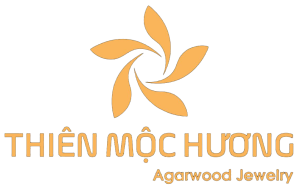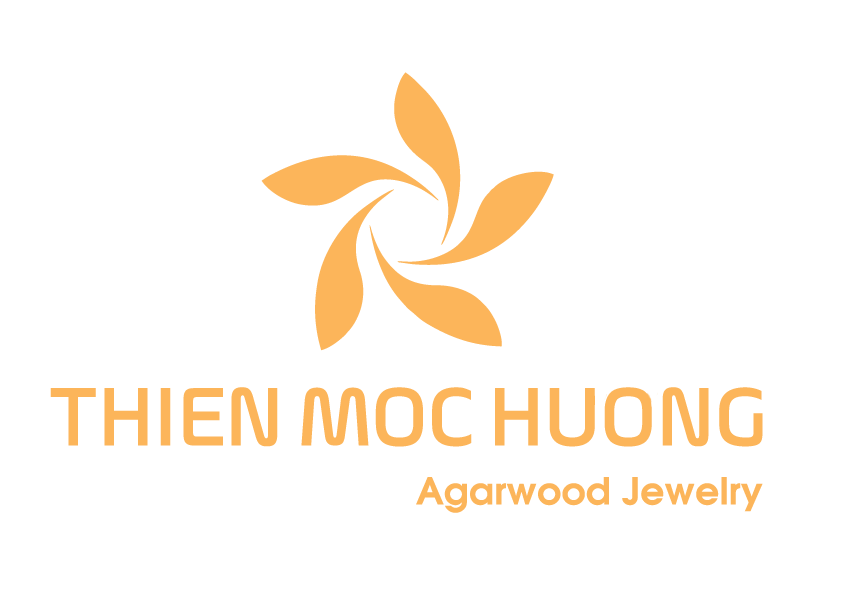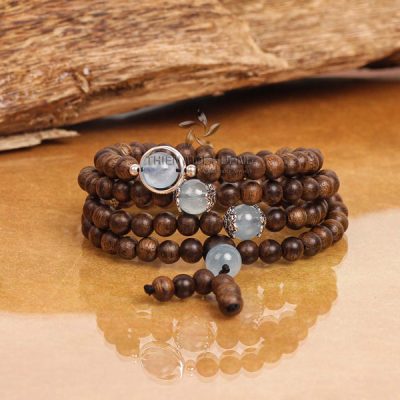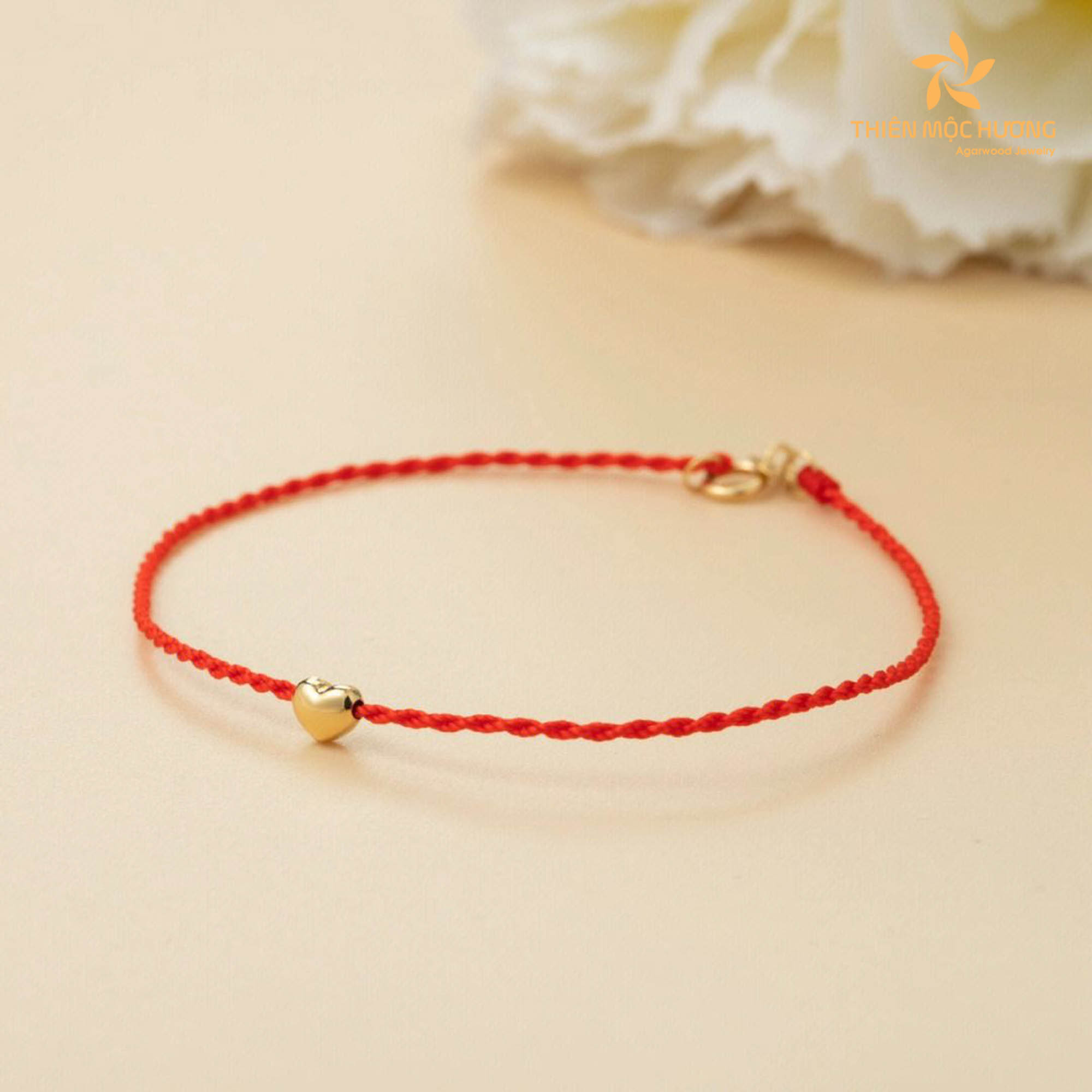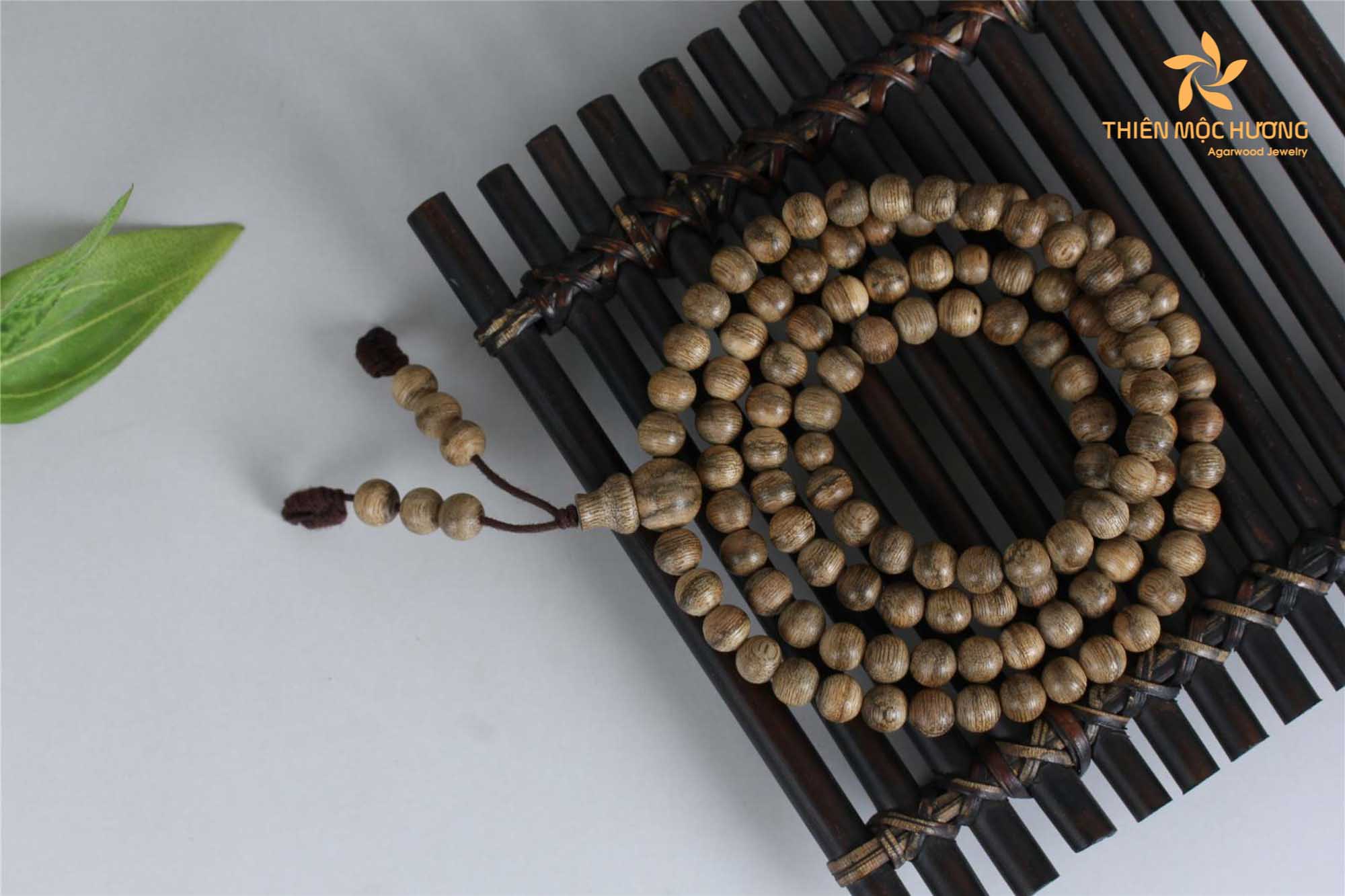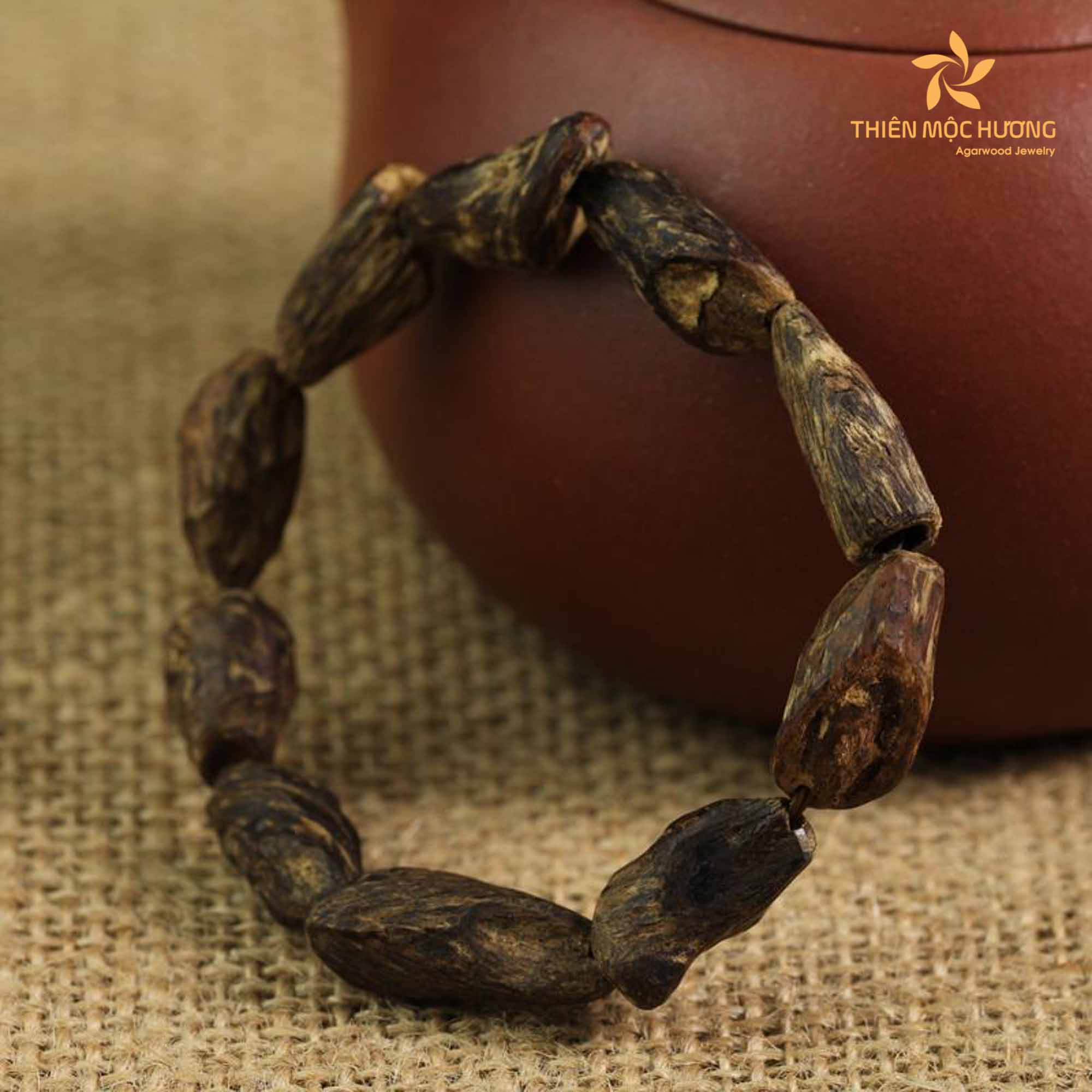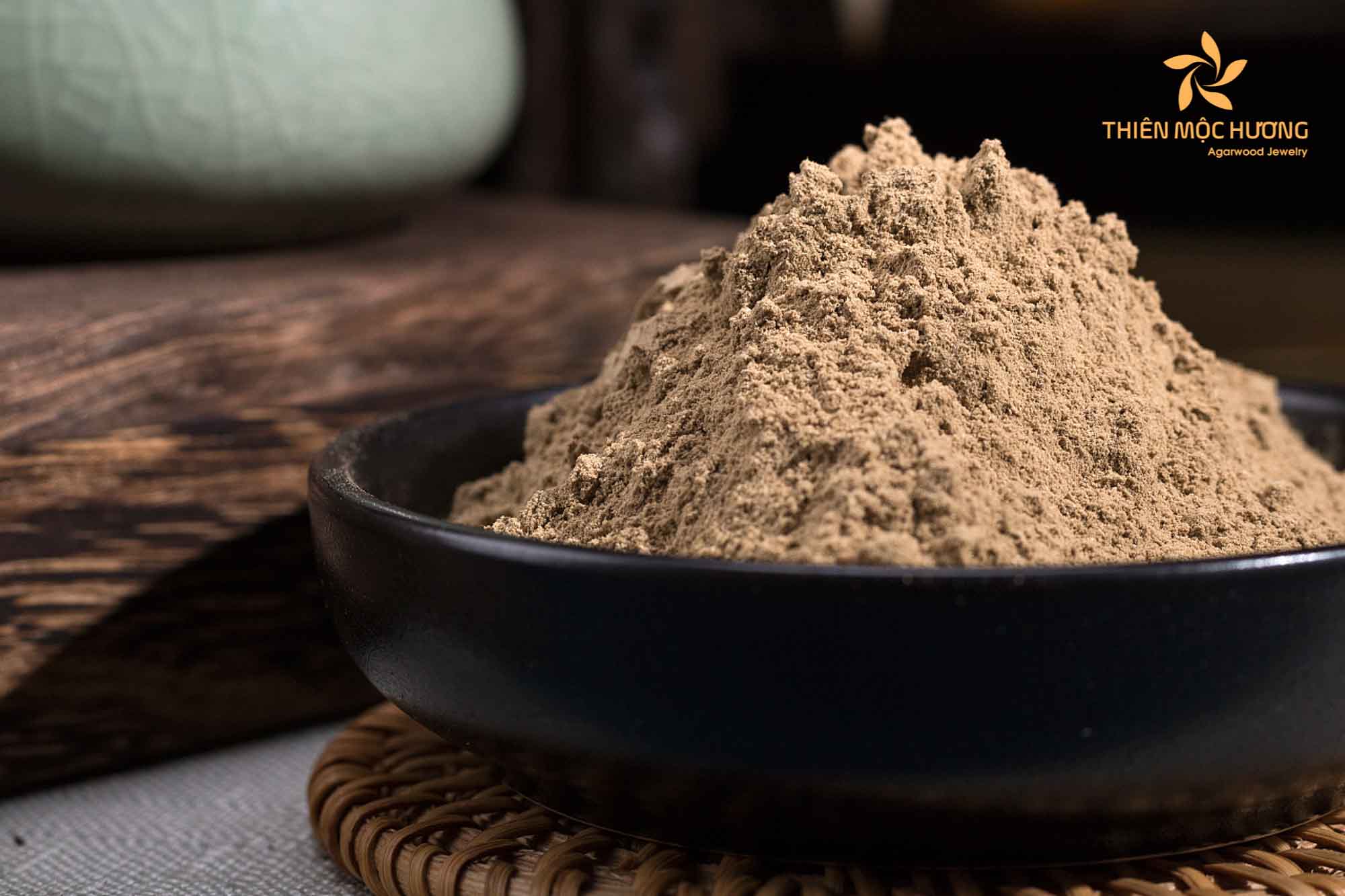Agarwood is a highly prized fragrant wood that has been cherished for centuries for its unique aroma and cultural significance. One of the key processes in agarwood production is the inoculation formula, which involves inducing the tree to produce agarwood resin. In this comprehensive guide, we will delve into the details of the agarwood inoculation formula, exploring its significance, methods, and benefits.
I. Understanding Agarwood inoculation formula
1. What is Agarwood inoculation?
Agarwood inoculation is the deliberate introduction of a specific type of infection to agarwood trees, triggering a defense response that results in the formation of agarwood resin. This resin is responsible for the highly sought-after aroma and unique properties that make agarwood so valuable in various industries, including perfumery, traditional medicine, and religious practices.
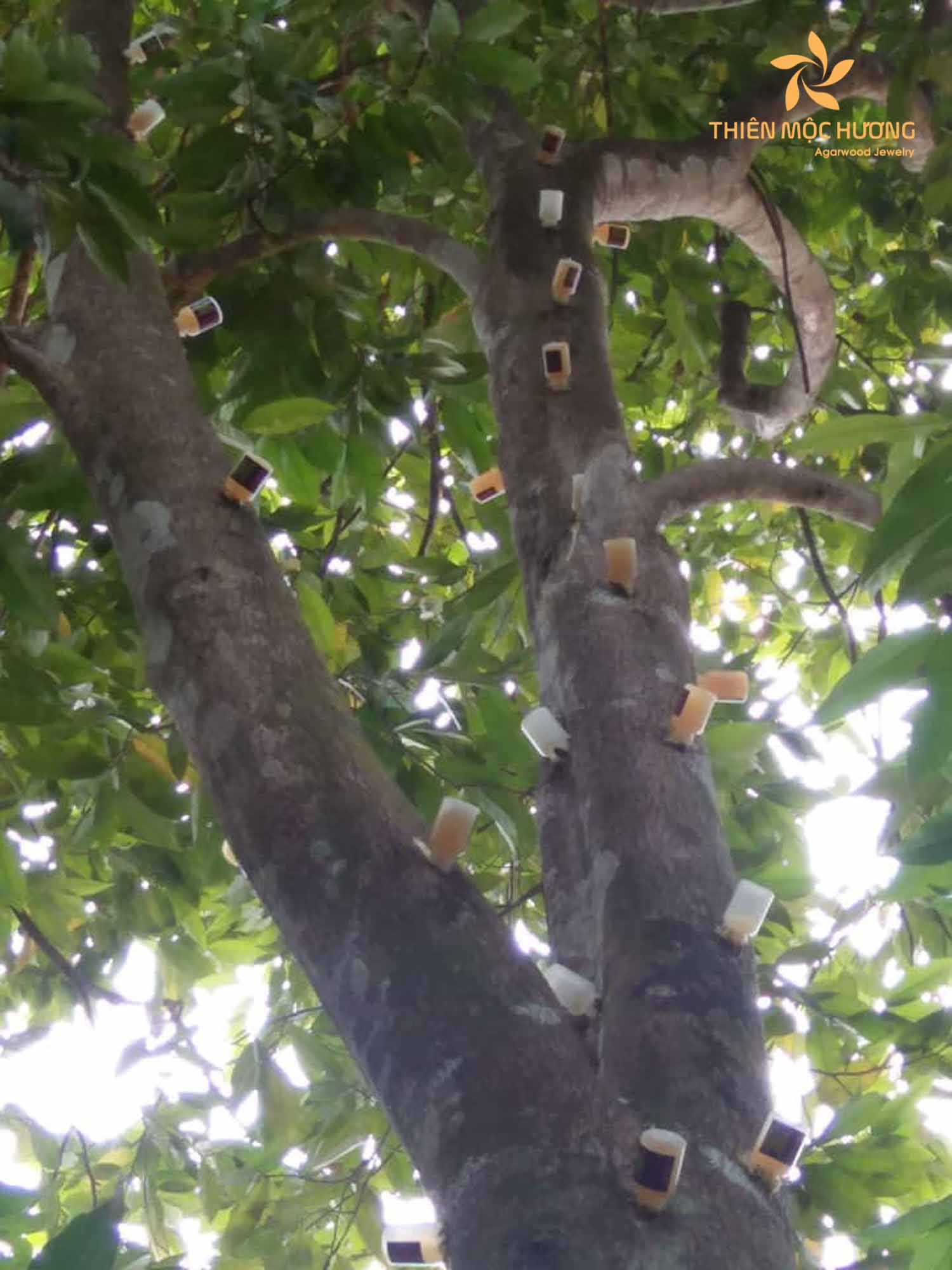
2. The importance of Agarwood inoculation
Agarwood is a natural product that is formed as a defense mechanism in response to external stressors, such as fungal infections. Inoculation accelerates this process by introducing a controlled and specific type of fungal or bacterial infection. This controlled infection ensures the consistent production of high-quality agarwood with desirable aromatic compounds.
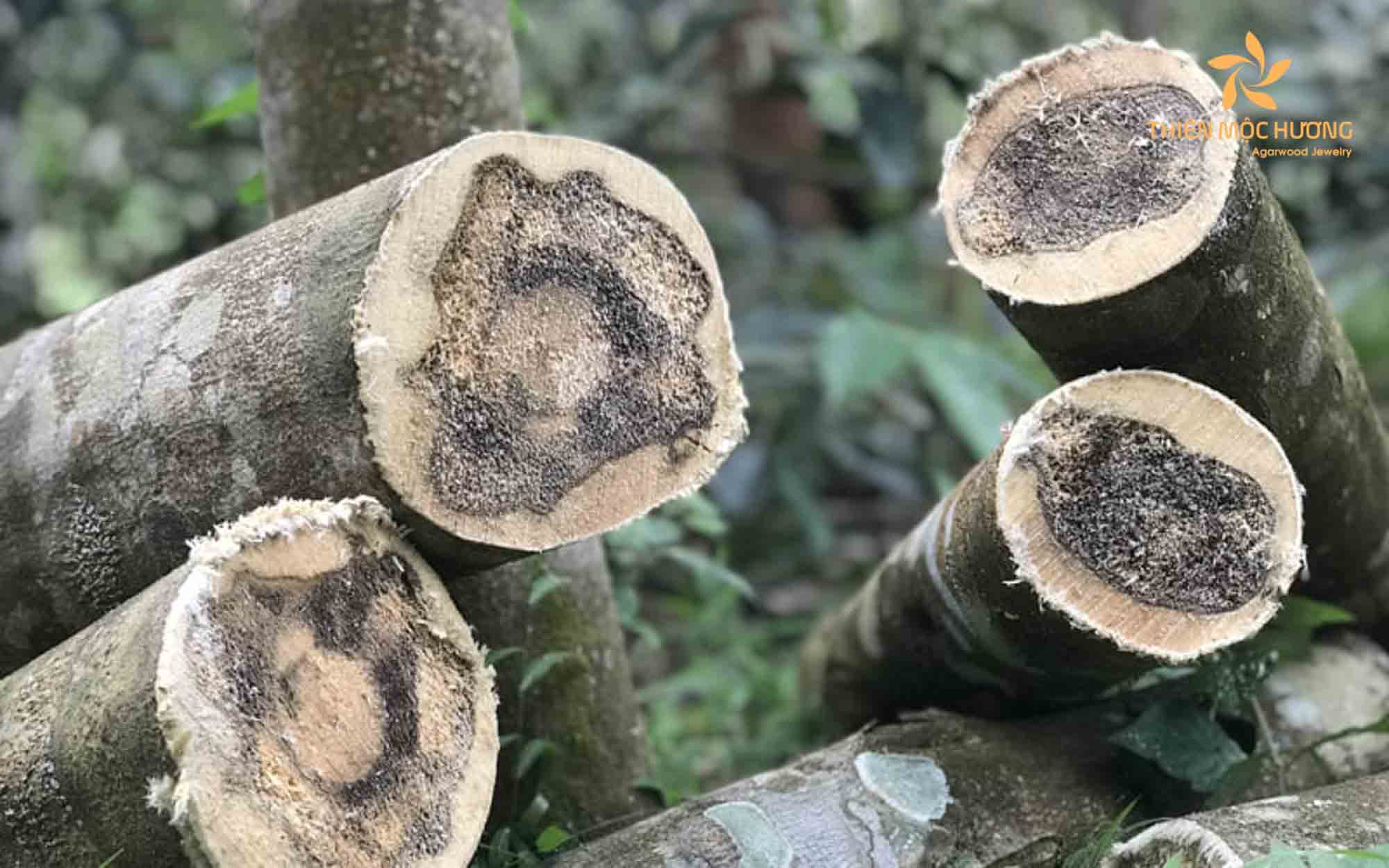
II. Methods of Agarwood inoculation
1. Traditional inoculation techniques
- Joss stick method: A traditional method involving the insertion of joss sticks coated with fungal spores into the tree’s wounds.
- Drill method: This technique involves drilling holes into the tree and introducing fungal or bacterial spores directly into the holes.
- Mallet method: Wooden mallets are used to introduce fungal spores into the tree’s wounds, stimulating resin formation.
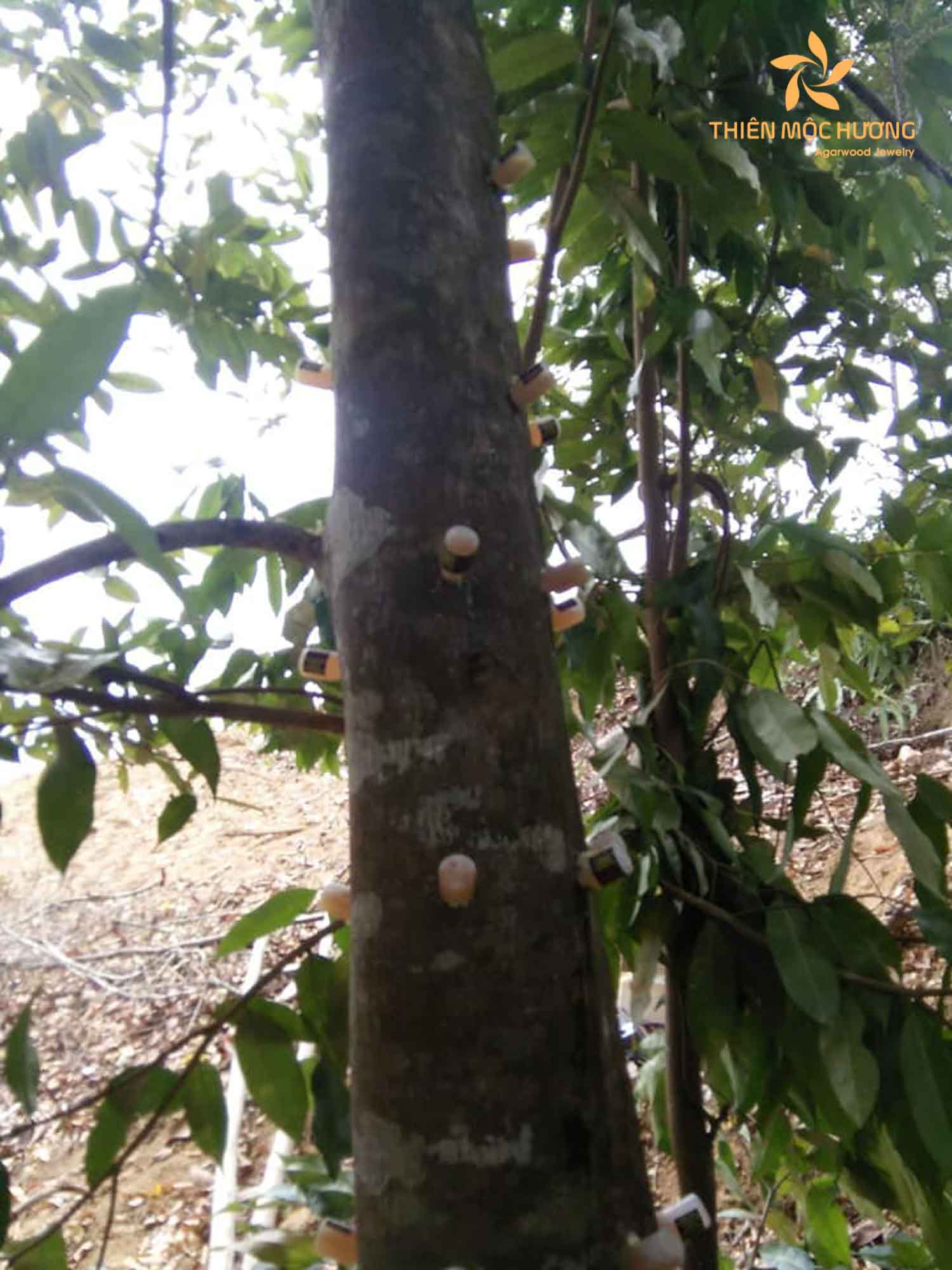
2. Modern inoculation techniques
- Agarwood chips soaking: Agarwood chips are soaked in a solution containing fungal spores and then placed in tree wounds.
- Liquid inoculation: A liquid inoculant containing fungal or bacterial spores is injected into the tree’s vascular system.
- Powder inoculation: Fine powdered agarwood and fungal spores are mixed and applied to tree wounds, promoting resin formation.
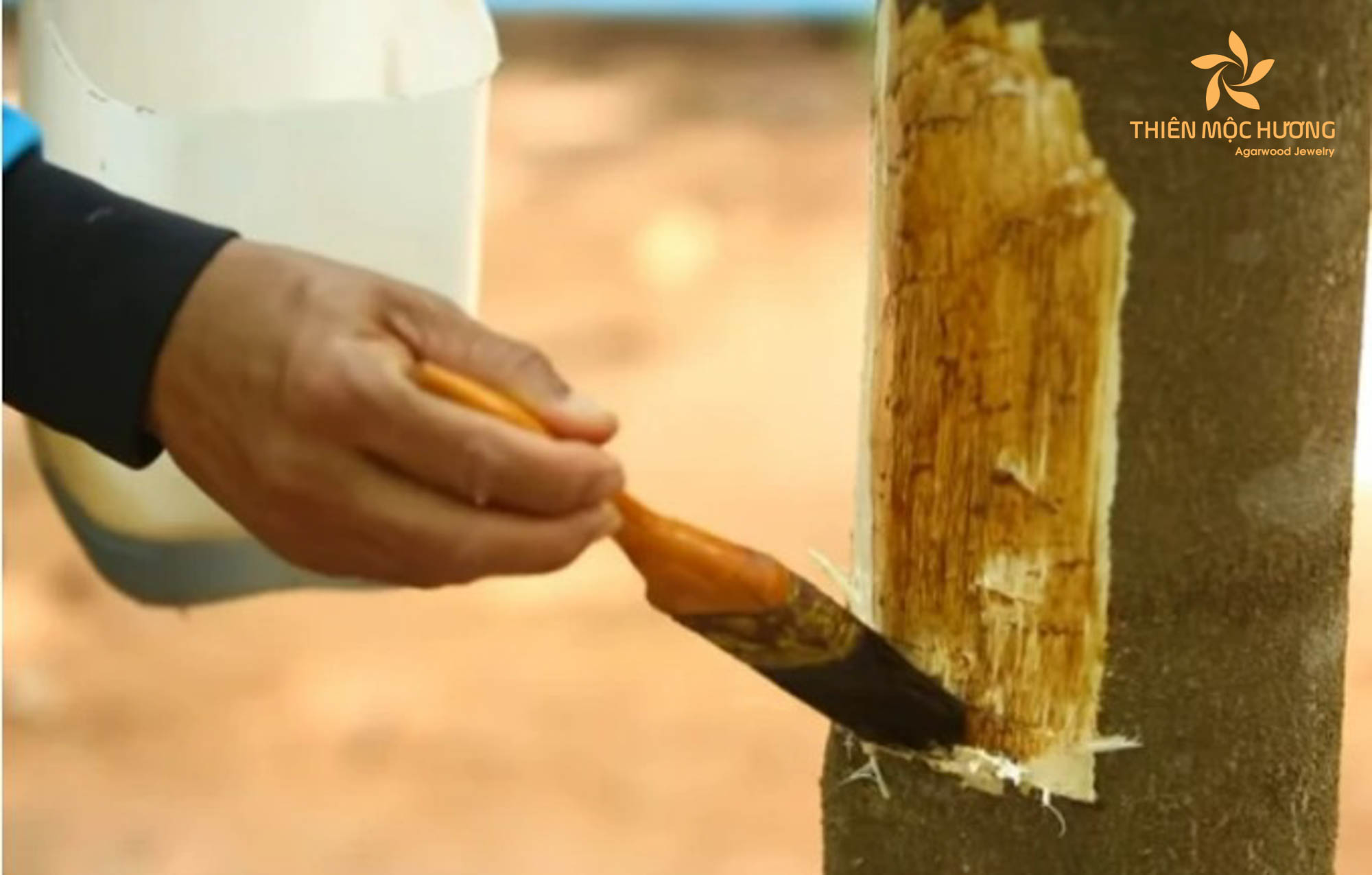
III. The Agarwood inoculation formula explained
1. Factors affecting inoculation success
Tree Species: Different species of agarwood trees have varying susceptibility to inoculation, affecting the success rate.
Inoculation Agent: The choice of fungal or bacterial strain used for inoculation plays a crucial role in determining resin quality and aroma.
Environmental Conditions: Factors like humidity, temperature, and soil quality influence the tree’s ability to produce resin in response to inoculation.
2. Agarwood inoculation process
Preparation: Select healthy trees and identify suitable branches for inoculation. Gather the necessary tools and inoculation agents.
Wound Creation: Create wounds in the selected branches using methods like drilling, cutting, or hammering.
Inoculation: Introduce the chosen inoculant, such as fungal spores or bacterial solution, into the wounds using the selected technique.
Sealing and Protection: Seal the wounds with materials like wax or clay to prevent contamination. Protect the inoculated area from external stressors.
Monitoring: Regularly monitor the tree’s response to inoculation. The formation of resin can take several months to years.
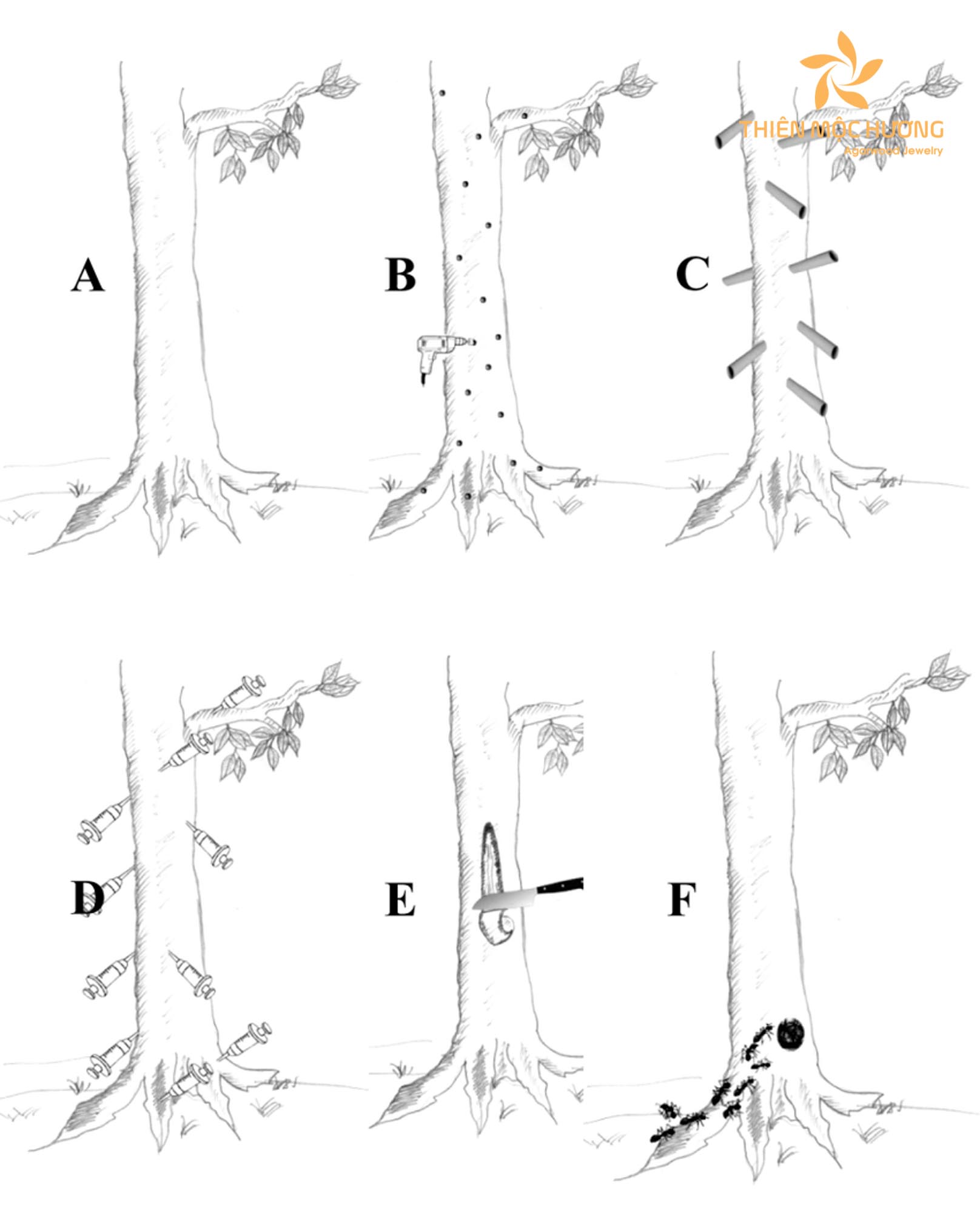
IV. Benefits of Agarwood inoculation formula
1. Enhanced quality and aroma
Inoculated agarwood tends to produce resin with a more consistent and refined aroma profile, making it highly valued in the perfumery industry.
2. Sustainability and conservation
Controlled inoculation can help reduce the pressure on wild agarwood trees, promoting sustainable practices and protecting endangered species.
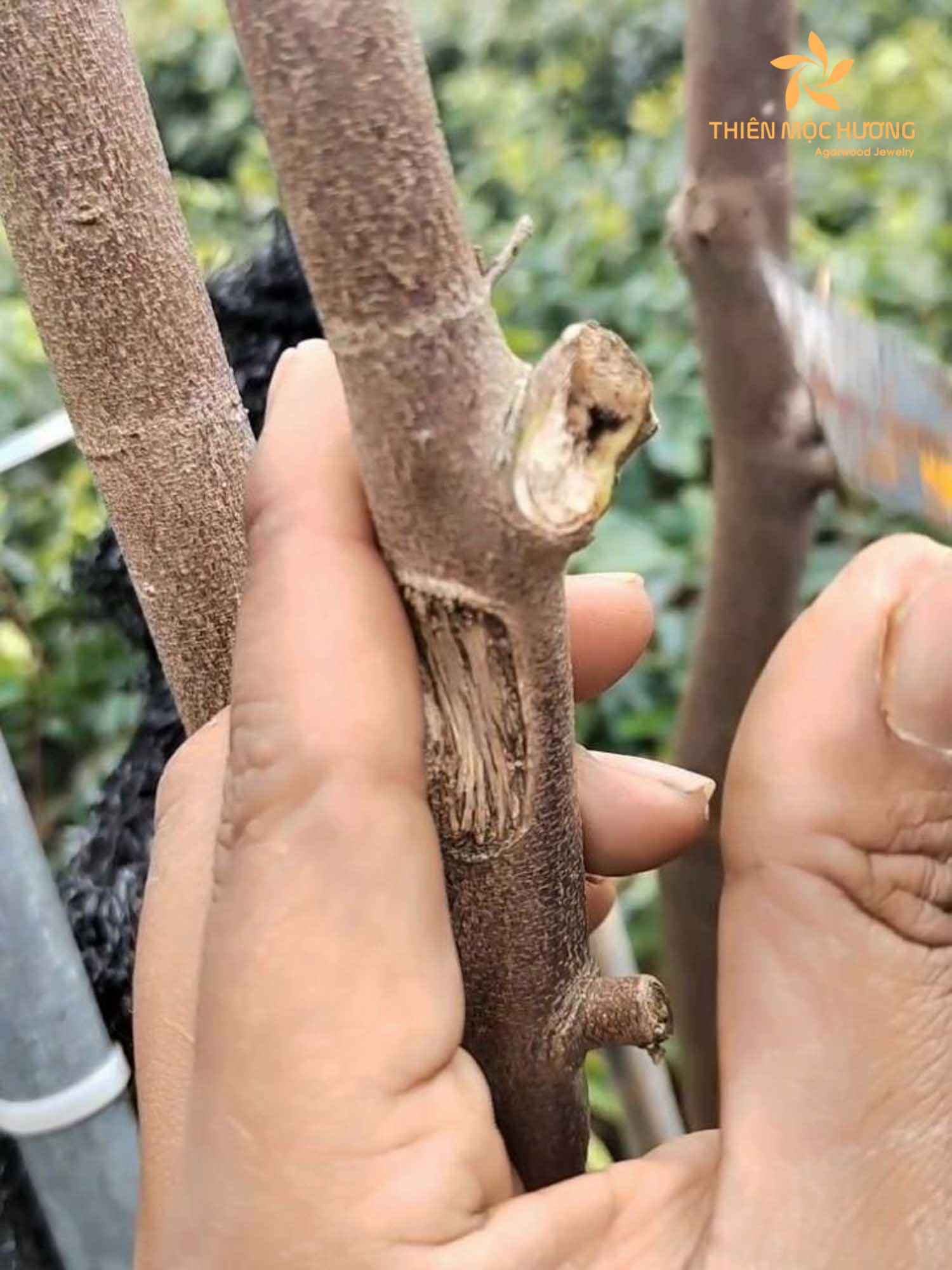
3. Economic importance
Agarwood is a high-value commodity, and proper inoculation can lead to increased income for communities involved in its cultivation and processing.
V. Components of an Agarwood inoculation kit
1. Inoculation agents
The kit typically includes a variety of inoculation agents, such as fungal spores or bacterial solutions. These agents are carefully selected based on their compatibility with the chosen agarwood tree species and the desired resin quality.
2. Tools for wound creation
An agarwood inoculation kit often contains specialized tools for creating wounds in the tree’s branches or trunk. These tools can include drills, cutting instruments, and mallets, depending on the chosen inoculation method.
3. Sealants and protective materials
To prevent contamination and ensure the success of the inoculation process, the kit provides sealants and protective materials like wax or clay. These materials are used to seal the wounds after introducing the inoculation agents.
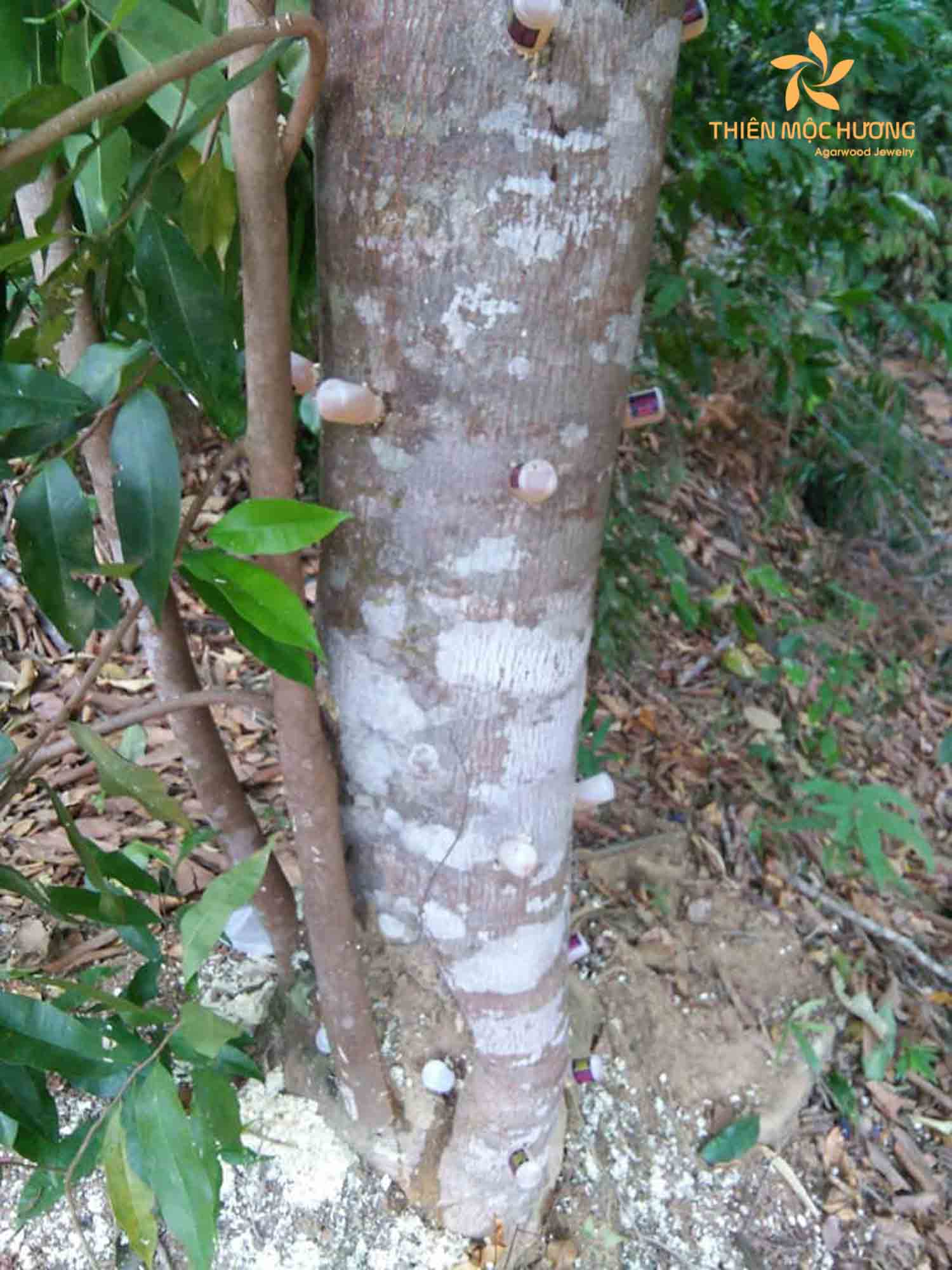
4. Detailed Instructions
A comprehensive guide or manual is an essential component of the kit. This guide outlines the step-by-step process of inoculation, including the proper use of tools, the quantity of inoculation agents, and the recommended techniques for sealing wounds.
5. Monitoring and care guidelines
Some kits also include monitoring and care instructions. These guidelines help you keep track of the tree’s response to inoculation, ensuring that you can take appropriate measures if any issues arise.
VI. Agarwood inoculation kit price
The price of agarwood inoculation kits can vary based on the supplier, the components included, and the quality of the materials. On average, a comprehensive kit can range from $100 to $500, depending on the complexity and features.
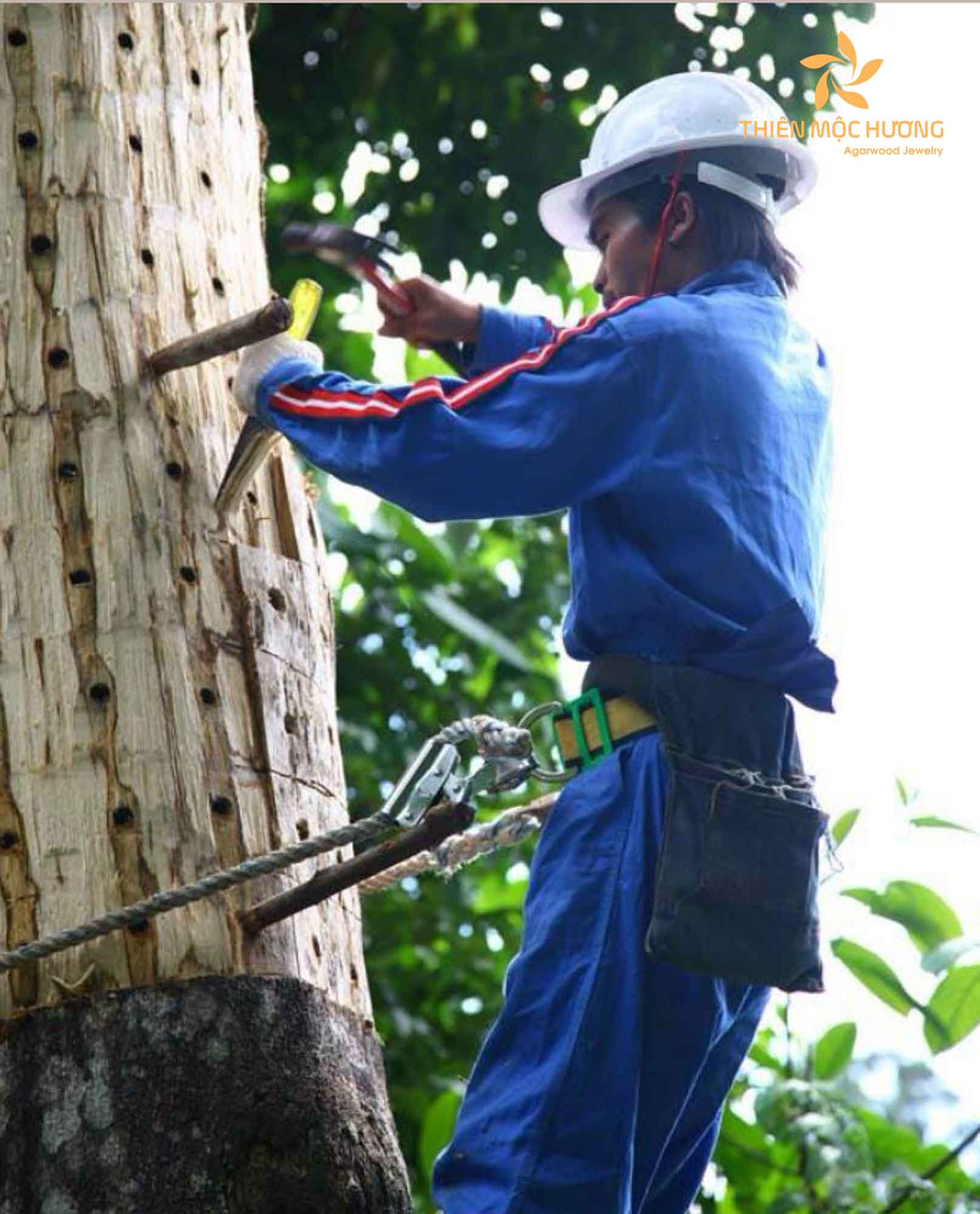
Conclusion
The agarwood inoculation formula is a carefully crafted process that harnesses nature’s responses to create a highly valued and sought-after product. Whether through traditional methods or modern techniques, the controlled infection introduced during inoculation triggers the formation of agarwood resin with its distinct aroma and properties. As the demand for agarwood continues to grow, understanding and implementing effective inoculation practices are essential for ensuring the sustainability, quality, and economic viability of agarwood production.
(1258)


